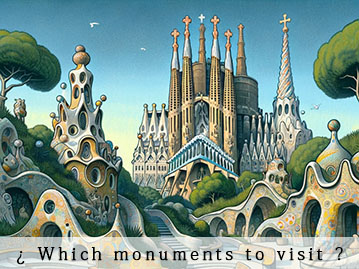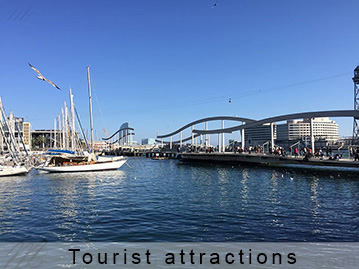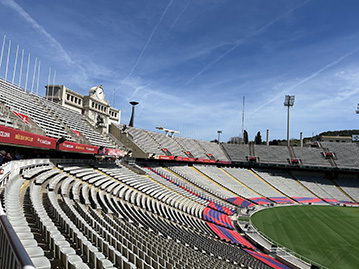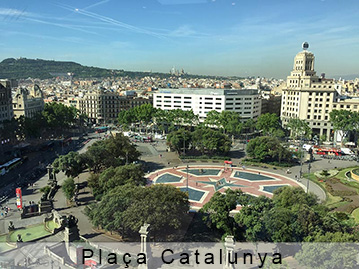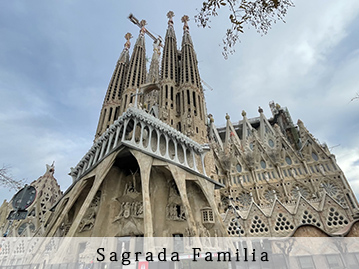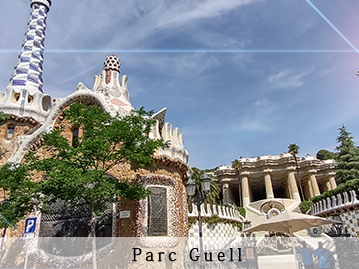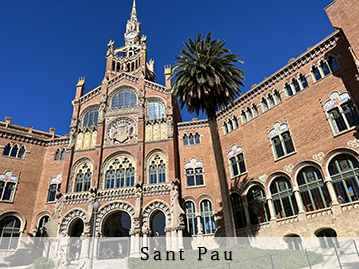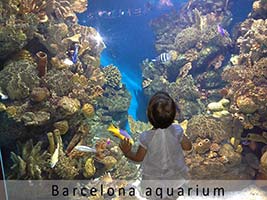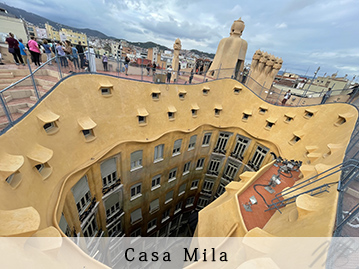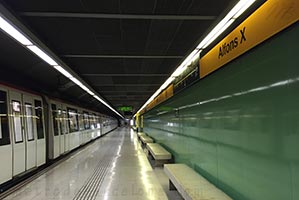
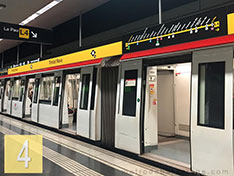
Barcelona metro line 4
Trinitat Nova - La Pau
From Trinitat Nova to La Pau, the line 4 of the Barcelona metro consists of 22 stations that connect with the lines 1, 2, 3, 5 and 11; as well as with Tramway lines T4, T5 and T6.Metro line 4 stops
- 2
-
Via Julia
No connection
- 3
-
LlucMajor
No connection
- 5
-
Guinardo I Hospital Sant Pau
No connection
- 6
-
Alfons X
No connection
- 7
-
Joanic
No connection
- 9
-
Girona
No connection
- 10
-
Passeig de Gracia
Connection metro L2, L3
Access to Paseo de Gracia
Access to Casa Batllo
- 11
-
Urquinaona
Connection metro L1
Access to Gothic quarter
Access to Plaza Cataluña
- 12
-
Jaume 1
No connection
Access to Barcelona Gothic quarter
Access to Born district
Access to the Cathedral of Barcelona
Access to Picasso museum
- 13
-
Barceloneta
No connection
Access to Barceloneta district
Access to Barceloneta beach
Access to port Vell
- 14
-
Ciutadella Vila Olimpica
Connection Tram
Access to Barcelona beaches
Access to Olympic port
Access to Barcelona zoo
- 16
-
Llacuna
No connection
- 17
-
Poblenou
No connection
- 18
-
Selva de Mar
Connection Tram
- 19
-
El Maresme / Forum
Connection Tram
Access to Barcelona Forum
Access to museo Blau
Access to Auditori del Forum
- 20
-
Besos Mar
No connection
Hola Cards
Unlimited public transport trips
Ideal option for stays from 2 to 5 days, Hola Barcelona cards combine unlimited travel by public transport as well as link with the airport.
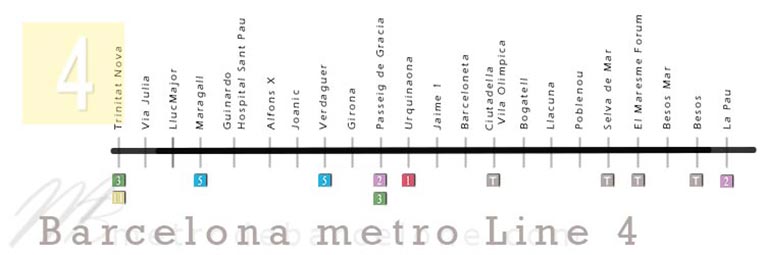

By Barcelona metro line 4
Via the Barcelona metro line 4 (yellow line) you can, among other things, get off at "Jaume 1" to go to the Picasso Museum, as well as to the Gothic Quarter. You can also get off at the "Ciutadella Vila Olimpica" stop to enjoy Barcelona's beaches and its Olympic port. If you are planning to visit the Casa Batllo monument, get off at the Passeig de Gracia metro stop.
Upgrade your stay
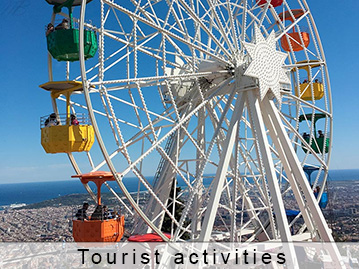
Essentials pass
How to visit the essentials of Barcelona
The "Barcelona Essentials pass" offer which not only includes fast-track entry to the Sagrada Familia and its interior museum, but also ticket-free access to the monumental area of Parc Guell, as well as unlimited access for 2 to 5 days to Barcelona's public transport network (metro, tram, bus, Montjuic funicular, etc...).
Access from metro L4 :
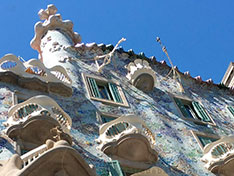
Barcelona Casa Batllo
With large number of elements reminding human skeleton, the Casa Batllo, one of the many Antoni Gaudi must-see monuments in Barcelona, is very easily remarkable in the heart of the Passeig de Gracia.
Barcelona Casa Batllo little previewBarcelona Casa Batllo pass online
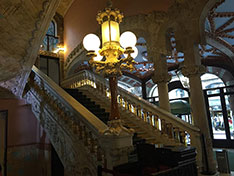
Palau de la Musica
From classical to modern music, (UNESCO heritage since 1997), the Palau de la Música Catalana (Palau de la Música Catalana) is one of the most beautiful concert halls in Barcelona.
Buy now and save timeLittle preview of your next visit
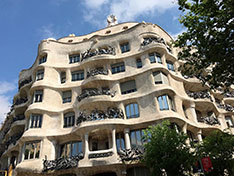
Casa Milà / Pedrera
Casa Milà, also known as Pedrera, which means stone quarry, is a huge house with the peculiarity of having no right angles. It also forms part of Antoni Gaudi's unmissable Unesco World Heritage monuments.
Little preview of your next visitBook your tickets online
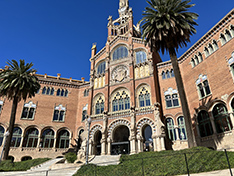
Sant Pau Hospital
Largest modernist complex in the world, Lluís Domènech i Montaner's work declared UNESCO World Heritage Site, the Sant Pau hospital is a group of pavilions linked by underground galleries.
Book your tickets right nowC/ de St. Antoni Maria Claret, 167
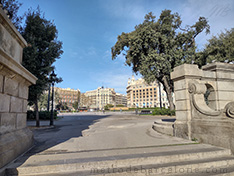
Plaza Cataluña
As a very important intersection of the city, and a rallying point served by a large number of transports, Plaça Catalunya is one of the most recommended meeting points to get to the centre of Barcelona, where the pigeons have established their headquarters.
Little preview of your next visit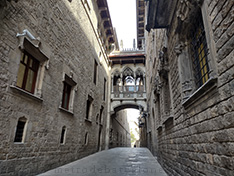
Gothic Quarter tour
Maze of alleys between Raval and Born where museums, churches, Roman vestigations and architecture retrace the history of Barcelona's oldest district that stretches along the Ramblas from the old port to the Plaza Cataluña.
Gothic Quarter guided tourBarcelona Gothic Quarter walk
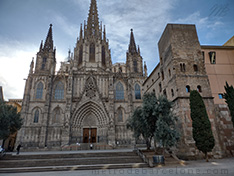
Barcelona Cathedral
The Metropolitan Basilica Cathedral of the Holy Cross and Saint Eulalie is permanently inhabited by 13 geese who protect the cloister. Mainly built between 1298 and 1450, the Gothic style cathedral has been classified as a national artistic historic monument since 1929.
Barcelona cathedral virtual tour
Barcelona Zoo
Our animal friends are also one of the must-see attractions in Barcelona. At the foot of the Ciutadella Park and a few steps from the Olympic port, many species of animals are waiting for you at the Barcelona Zoological Park.
Barcelona zoo ticketsBarcelona Zoo virtual tour
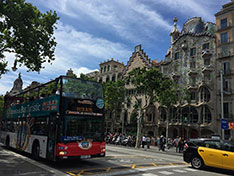
Passeig de Gracia
The Paseo de Gracia (Passeig de Gracia), Barcelona's fashion boulevard where monuments, exceptional architecture, restaurants and boutiques of famous brands such as Hermés, Chanel or Diesel share the 1.5 kilometres that connect Plaça Catalunya to the Gracia district.
Quick visit of the Passeig de GraciaBarcelona metro guide
Barcelona metro tickets
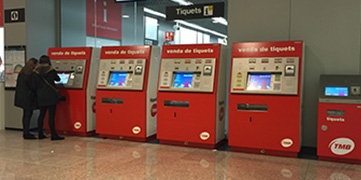
Barcelona Metro hours
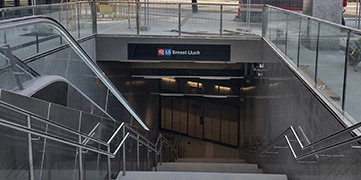
Barcelona metro map
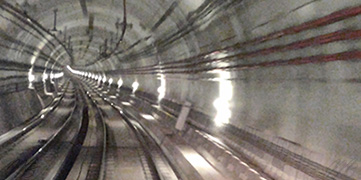
Unlimited transport
Hola Barcelona pass
Unlimited travel on Barcelona's public transport network : metro, bus, tram, funicular and trains.
Airport terminal access included.
BCN Essentials Pass
Offer which includes unlimited public transport travel + entrance to the Sagrada Familia and Gaudi's Park Güell.
Purchase it onlineTransports Pass
Barcelona airport transfer + unlimited public transport access + audio guide + 10% discount on several attractions.
Purchase it onlineExpress Card 48 H
48 hours of unlimited travel on Barcelona public transport as well as impressive discounts on many attractions.
Purchase it onlineAbout Barcelona metro line 4
The Barcelona metro Line 4, also known as L4 and "Línia groga" (the yellow line), has a long history within the city's transport network.
During a period of significant modernisation and expansion for Barcelona's metro system, the first section of the line 4 linking Joanic and Jaume 1 stations, in order to cover a large part of the centre of Barcelona, was inaugurated in 1973.
Over the years, to reach more remote areas and connect more residential neighbourhoods and areas of interest to the city, the line L4 has undergone several phases of expansion to obtain its current form which links stations such as La Pau and Trinitat Nova.
The line L4 serves important areas of Barcelona such as the seafront, the Gothic Quarter, the modernist Sant Pau complex, the Passeig de Gracia and many other tourist areas ; some of its metro stops are remarkable for their design and architecture, reflecting the different periods of their construction.
Like the other lines on the Barcelona metro, the development of the L4 involved technical challenges linked to the city's dense urban planning and topography ; with its history and contributions to Barcelona's transport network it shows how metro systems adapt and evolve with the city that they serve, playing an essential part in the daily lives of city residents and the experience of tourists. The Barcelona metro line L4 offers connections with other metro lines and other modes of transport, which plays a crucial role in urban mobility.
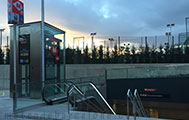 Connected to the whole of the Catalan capital's bus, tram, train and funicular network, the Barcelona metro's 12 lines offer a large number of solutions for travelling from monuments to tourist attractions, at the four corners of the city.
Connected to the whole of the Catalan capital's bus, tram, train and funicular network, the Barcelona metro's 12 lines offer a large number of solutions for travelling from monuments to tourist attractions, at the four corners of the city.
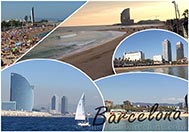 metrodebarcelone.com, your Barcelona travel guide
metrodebarcelone.com, your Barcelona travel guide


